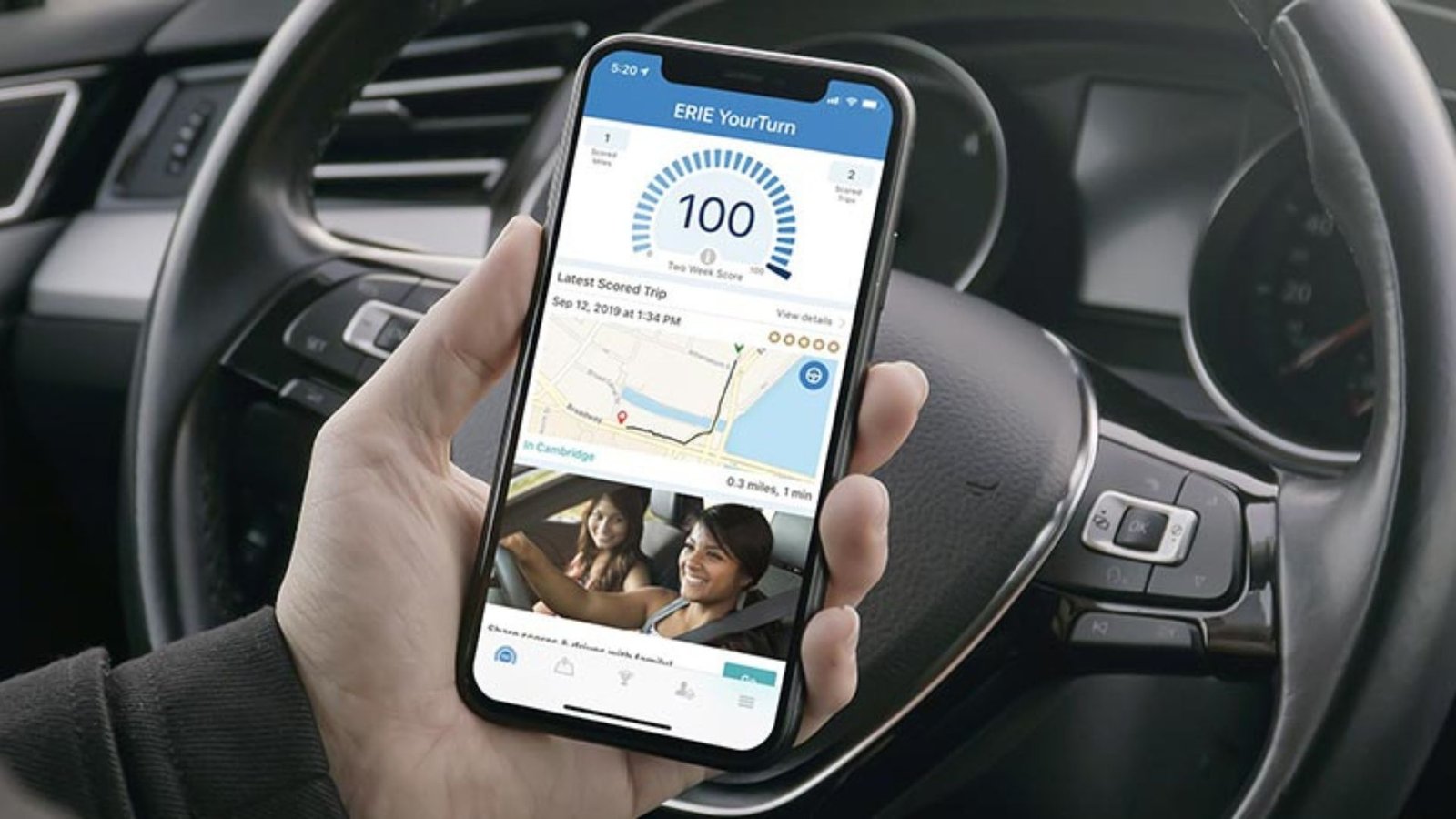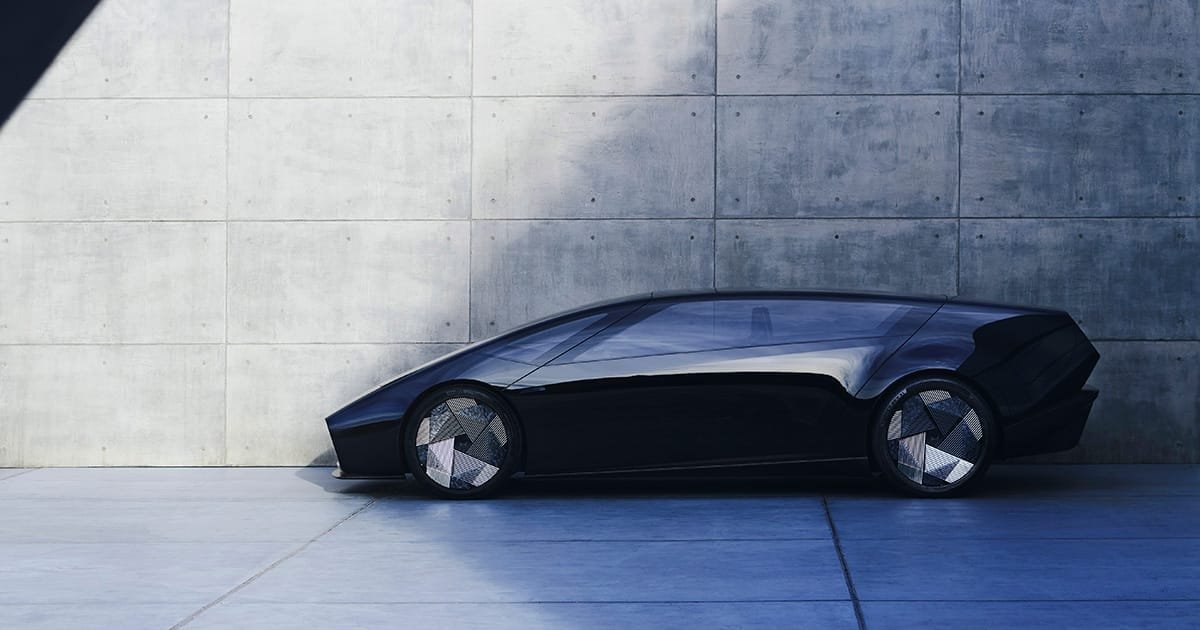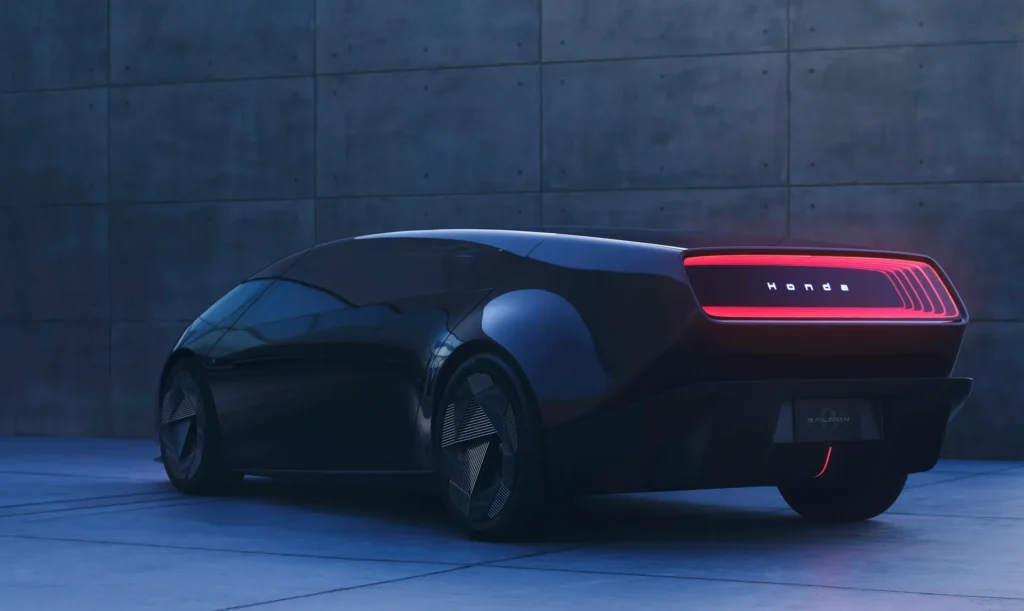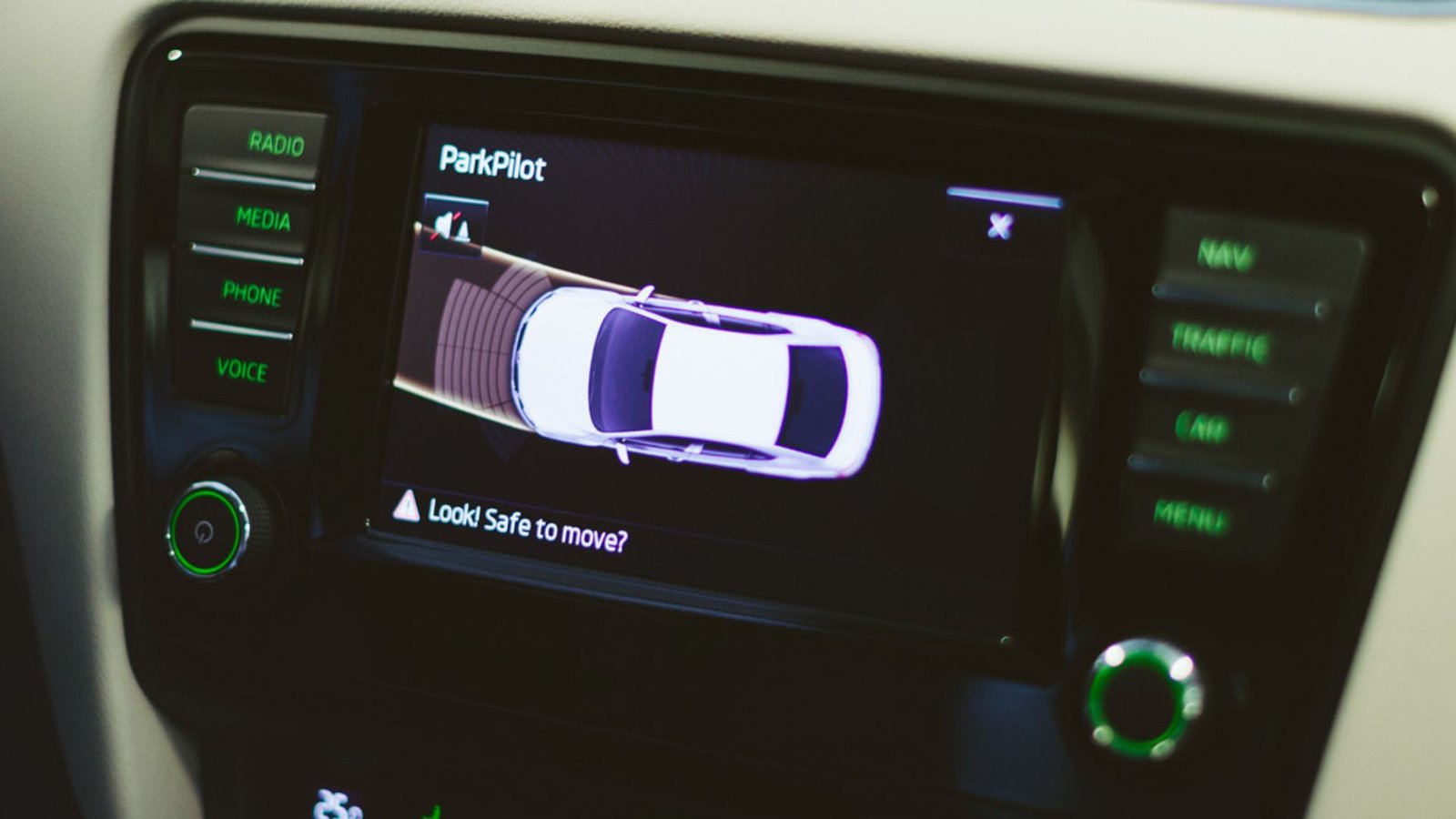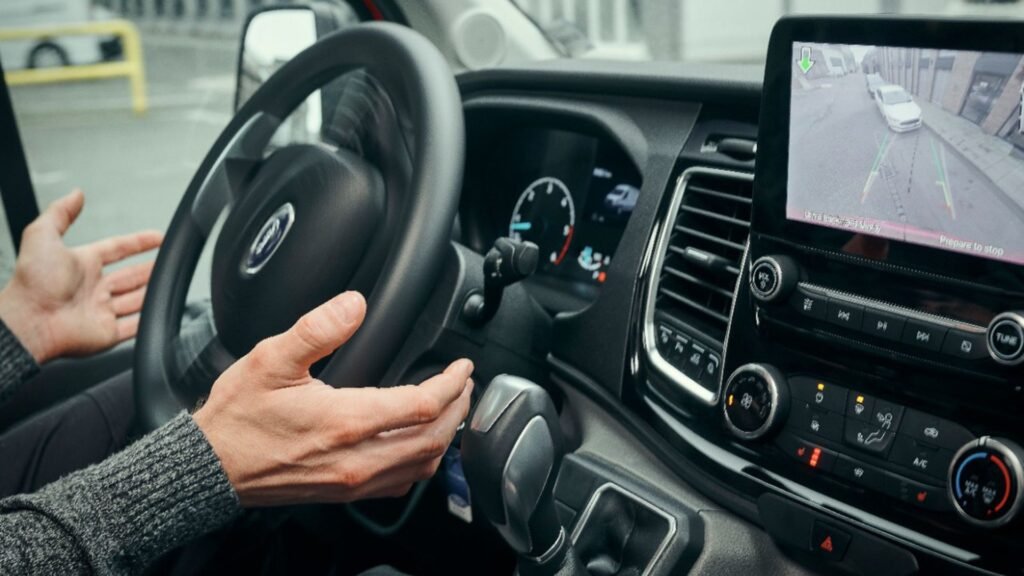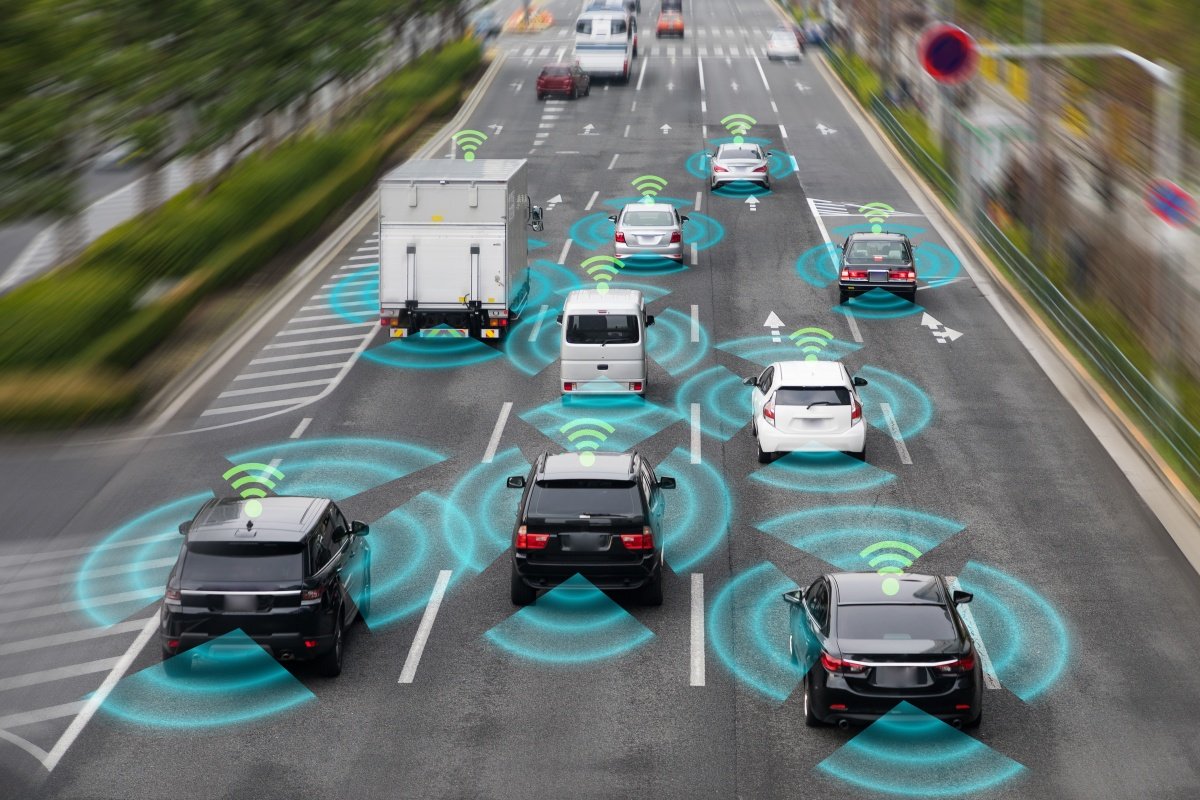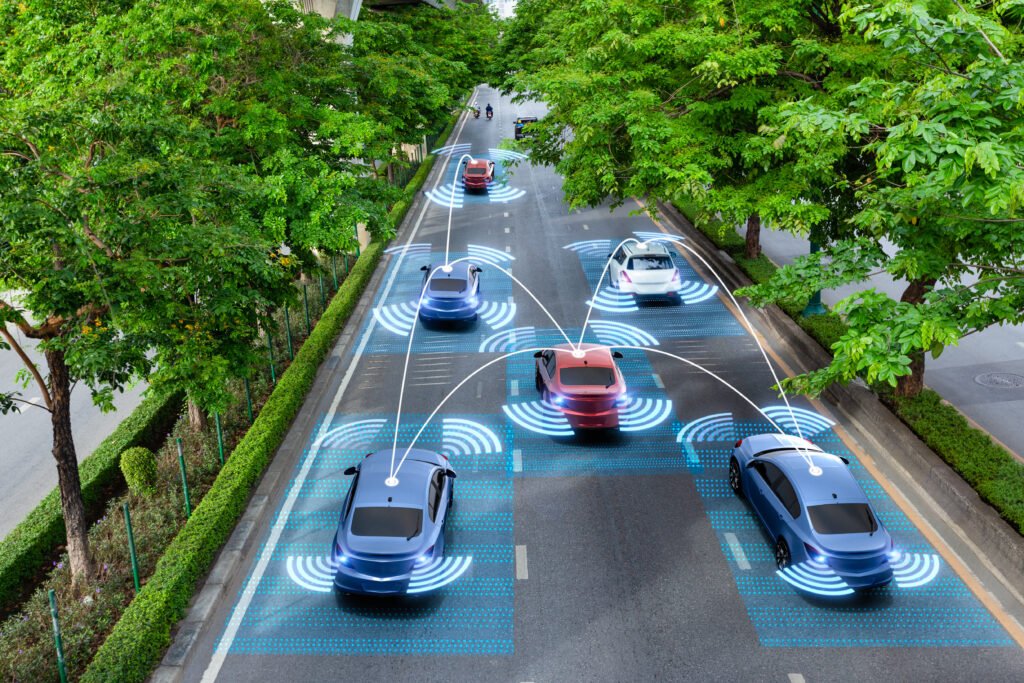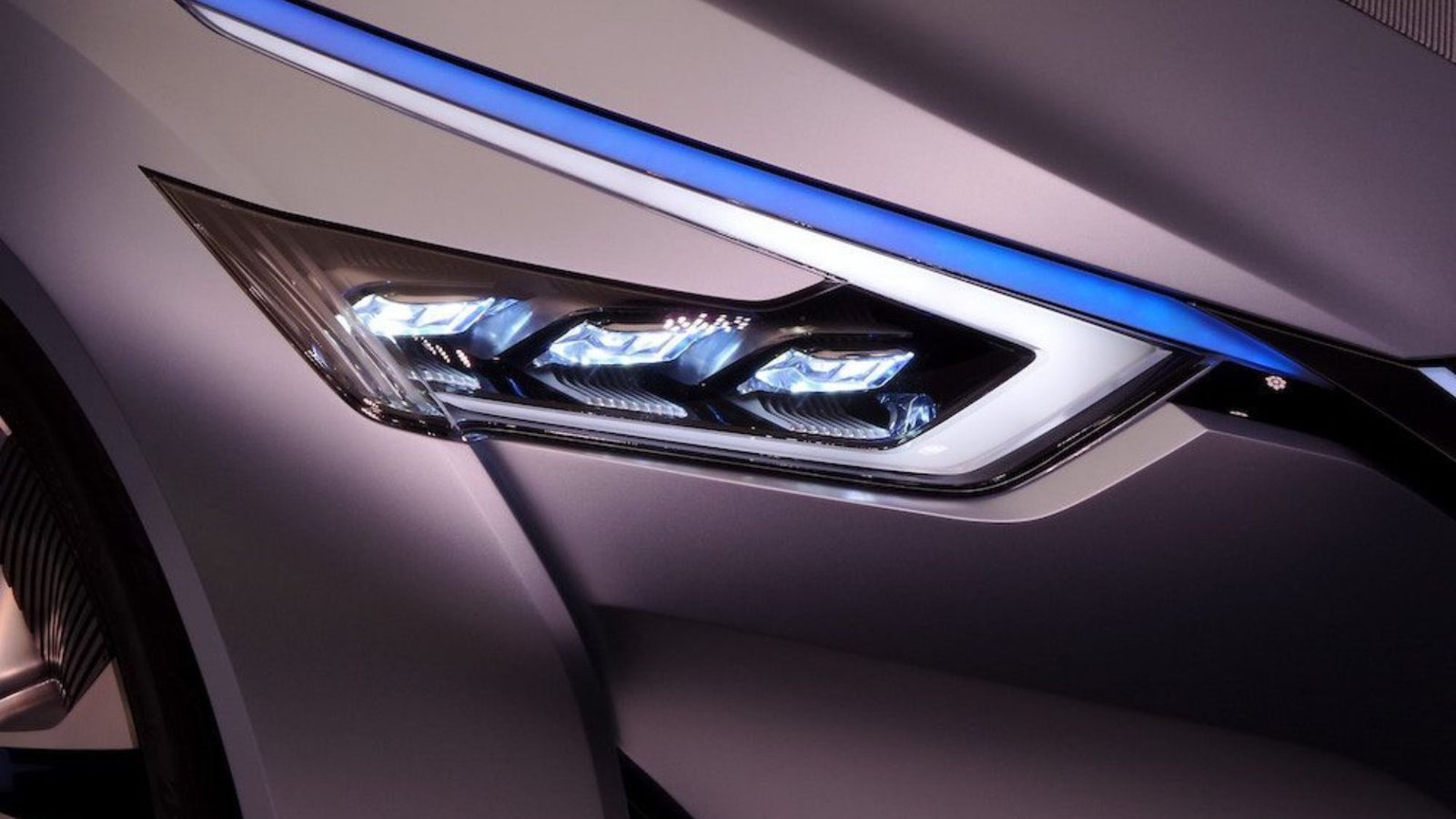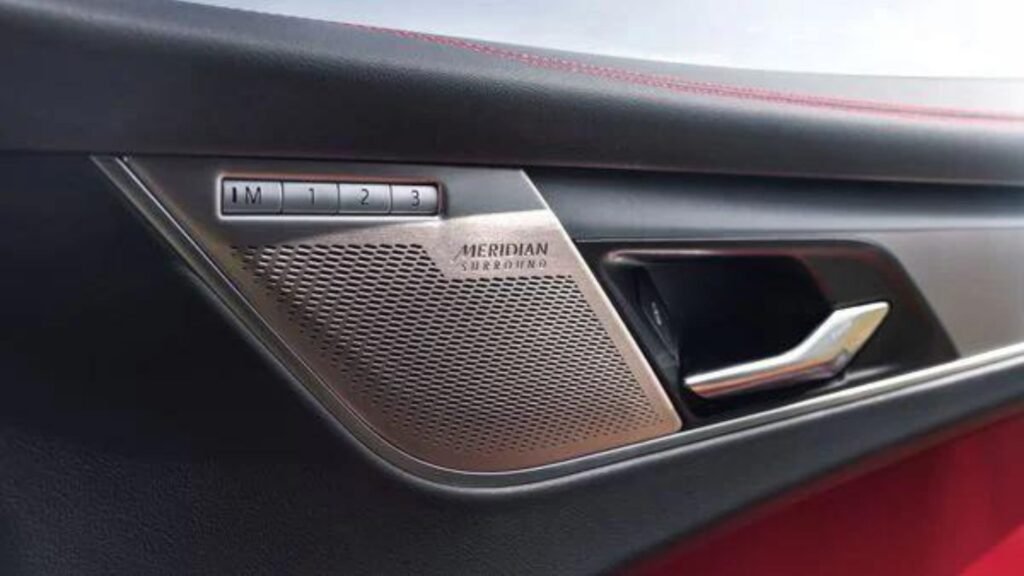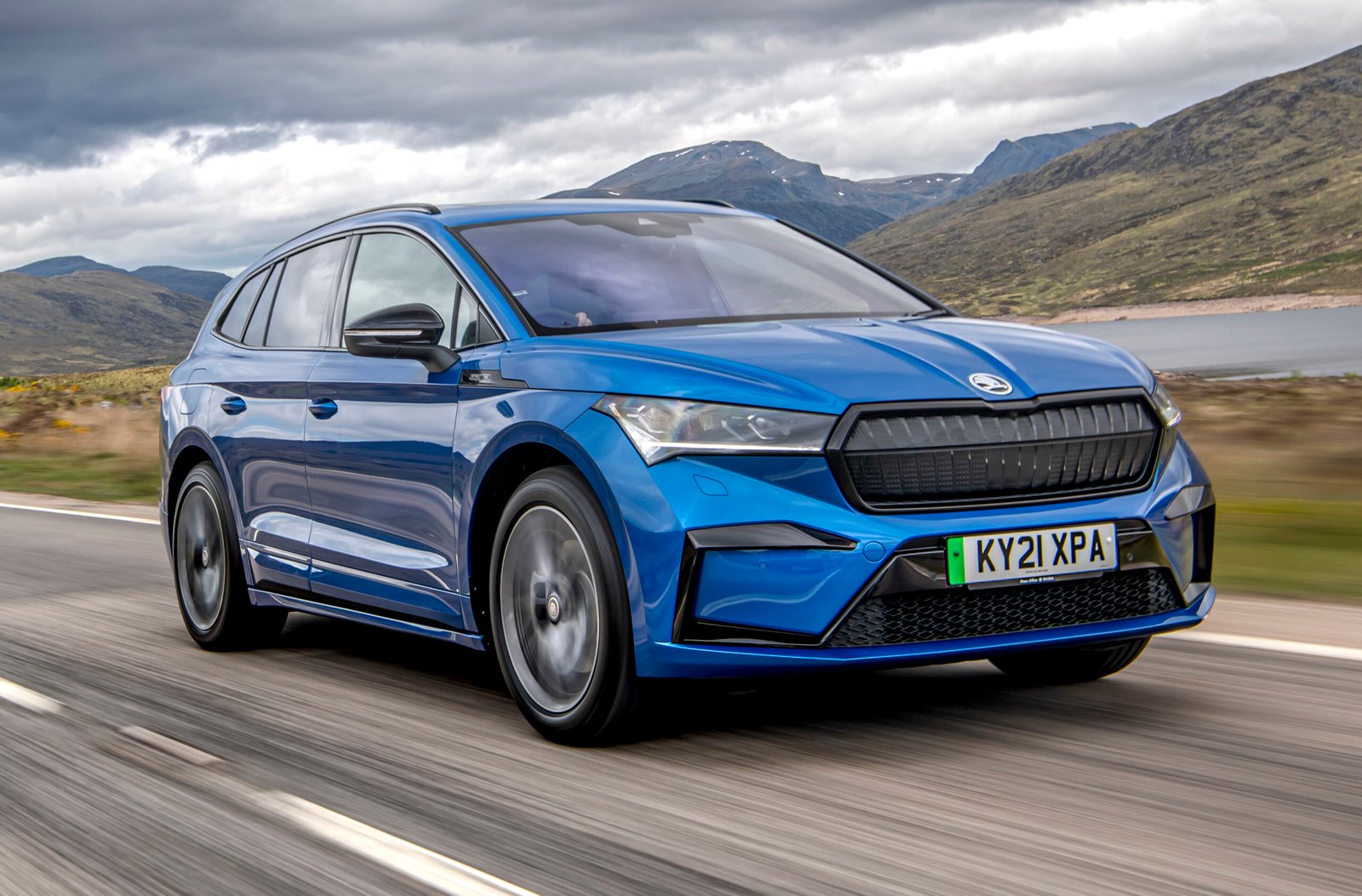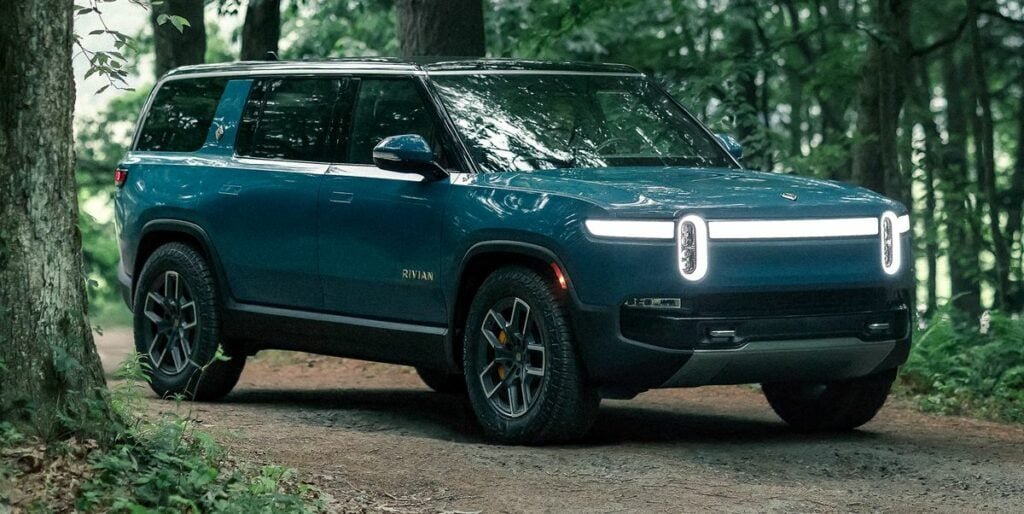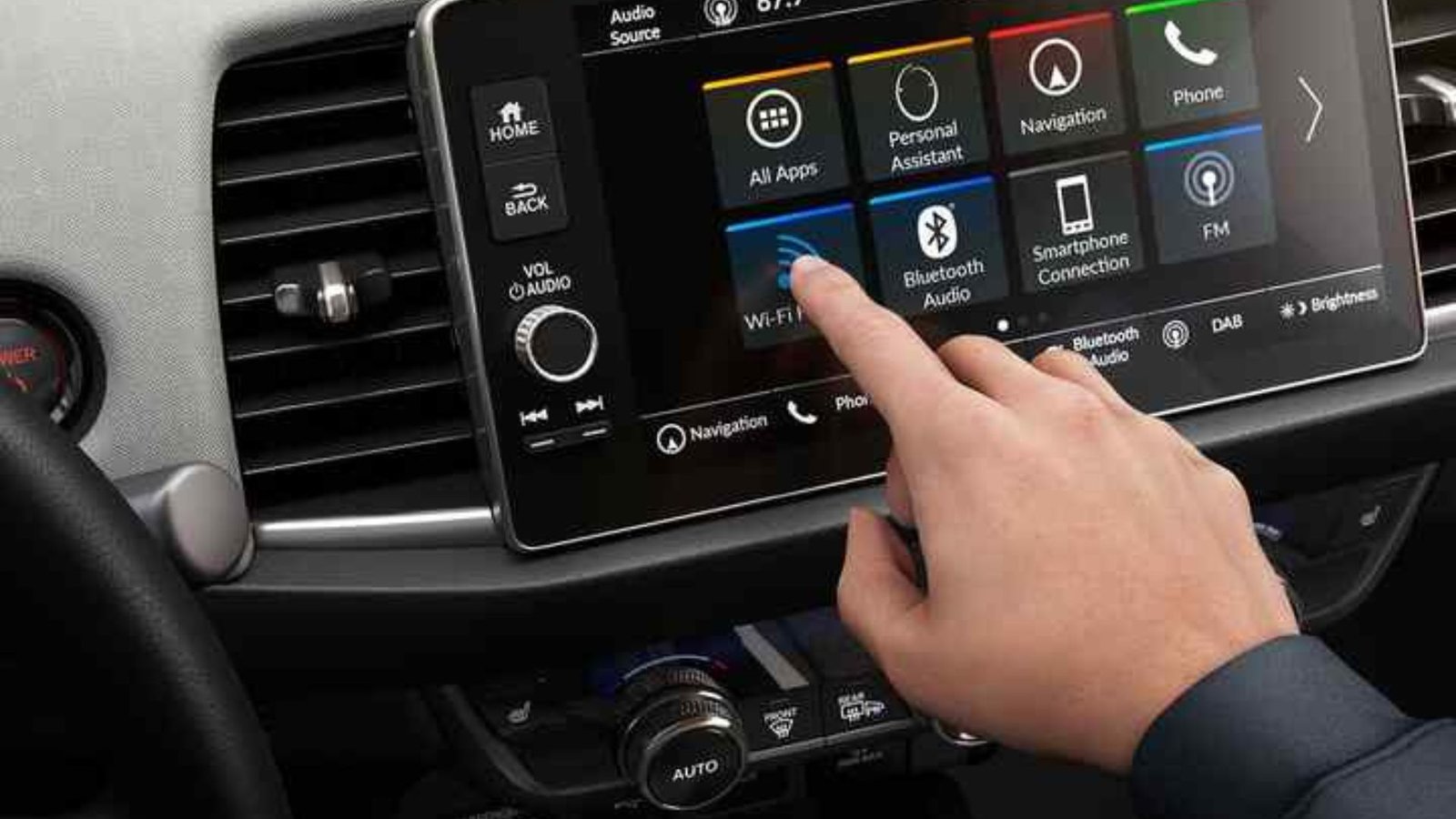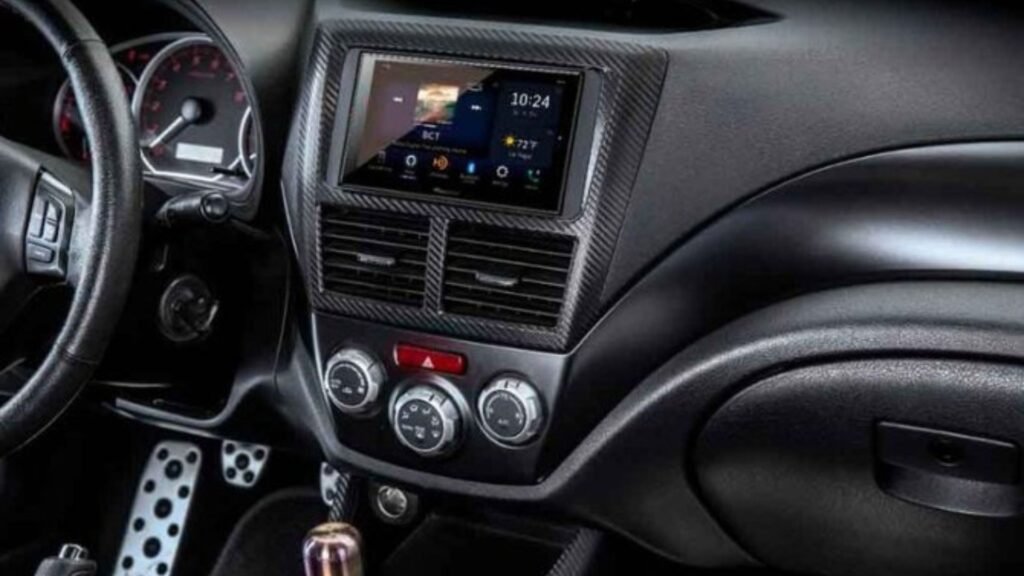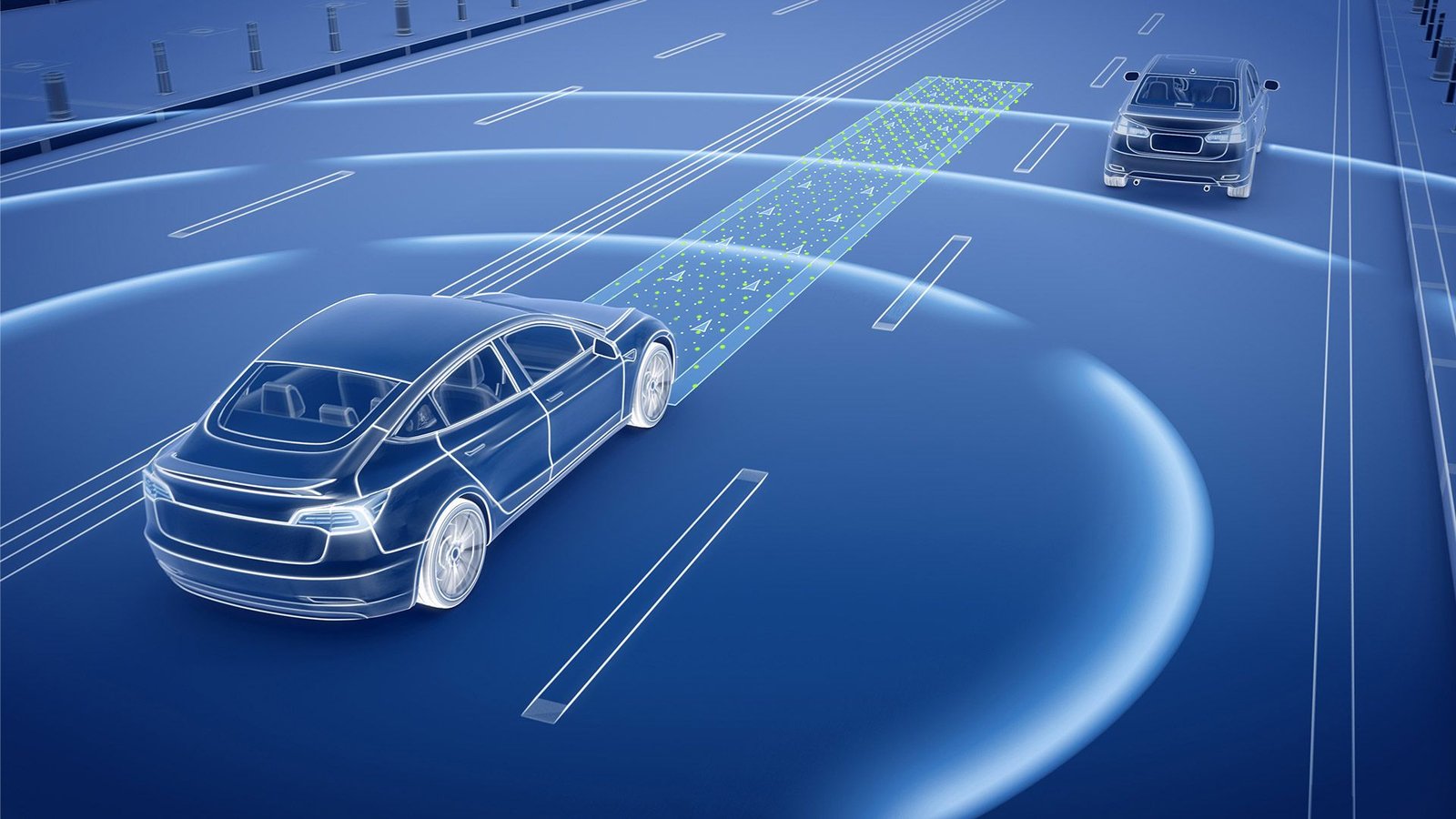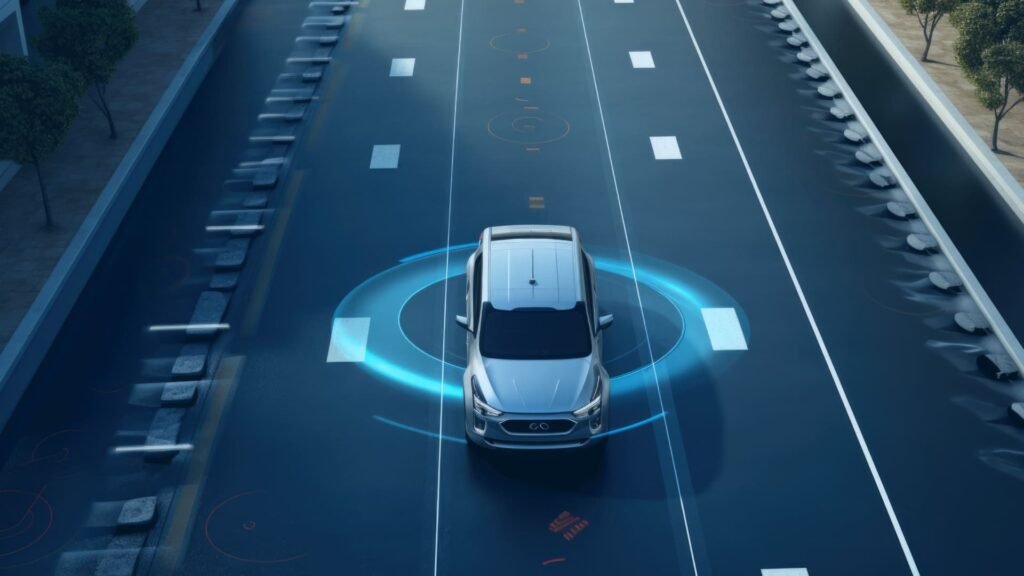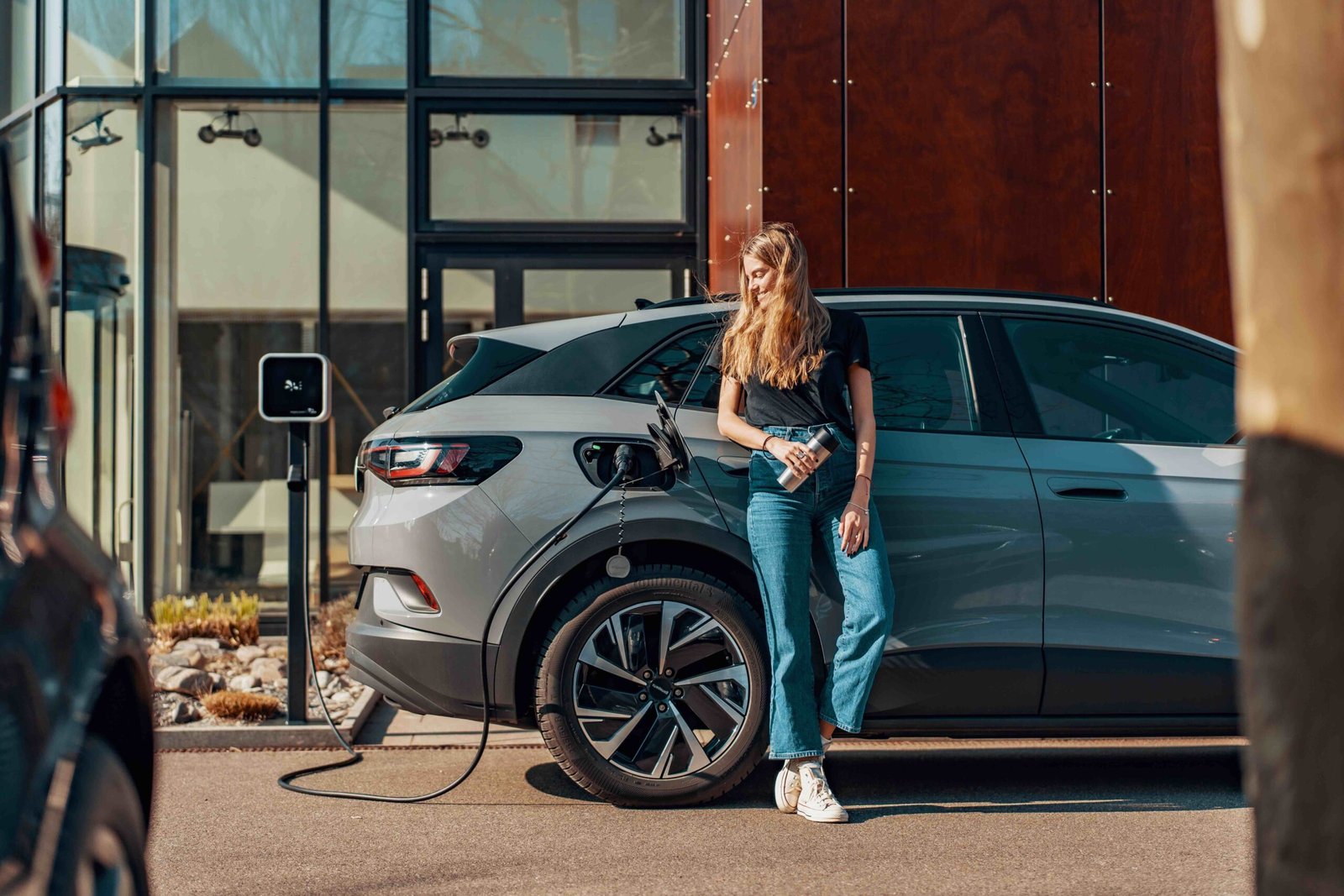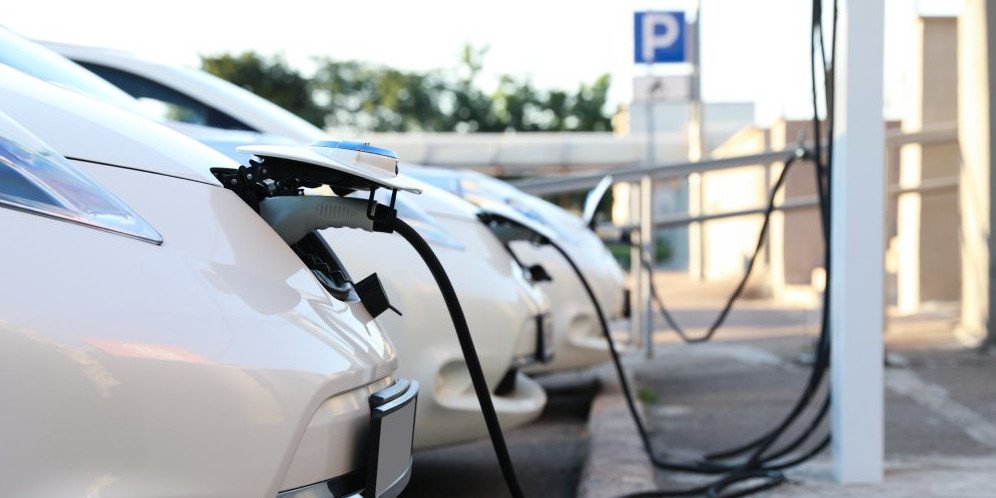Best Automotive Apps for Your Smartphone
Automotive Apps for Your Smartphone have revolutionized the way we interact with our vehicles. Whether you’re looking to improve your driving experience, manage your car’s maintenance, or simply find the nearest gas station, there’s an app for that. In this article, we’ll highlight the best automotive apps for your smartphone that can make your life easier and enhance your driving experience.
Understanding Automotive Apps
Automotive Apps for Your Smartphone come in various forms and serve multiple functions. They can help with navigation, vehicle diagnostics, parking, and more. By leveraging these apps, drivers can access real-time data, receive alerts, and streamline their driving experience. Here’s a closer look at some of the best apps available.
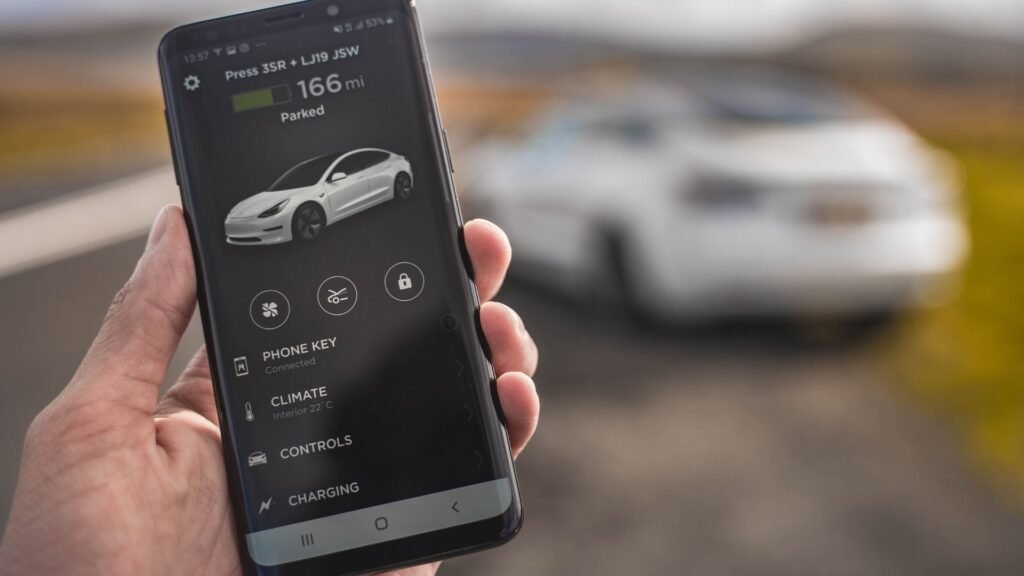
Navigation and Traffic Apps
When it comes to getting from point A to point B, navigation apps are indispensable. Automotive Apps for Your Smartphone like Google Maps and Waze provide real-time traffic updates, route suggestions, and alternate routes. These apps not only help you avoid traffic jams but also offer useful features like lane guidance and speed limit warnings. Waze, for instance, relies on crowd-sourced data to provide up-to-date information on road conditions and hazards.
Vehicle Diagnostics Apps
If you want to keep an eye on your vehicle’s health, vehicle diagnostics apps are essential. Apps like Torque and Car Scanner allow you to connect to your car’s OBD-II (On-Board Diagnostics) system using a Bluetooth adapter. Using Automotive Apps for Your Smartphone in this way, you can monitor engine performance, check for error codes, and even clear diagnostic trouble codes. This proactive approach helps you address potential issues before they become major problems.
Maintenance and Service Apps
Keeping track of your vehicle’s maintenance schedule can be challenging. Automotive Apps for Your Smartphone like MyCarFax and AutoCare simplify this task. These apps remind you of upcoming service intervals, track maintenance history, and offer tips on vehicle care. By regularly updating your maintenance records, you ensure that your vehicle remains in good condition and retains its value over time.
Parking Apps
Finding parking can be one of the most stressful aspects of driving. Parking apps like ParkMobile and SpotHero take the hassle out of parking by helping you find and pay for parking spots in advance. Using Automotive Apps for Your Smartphone for parking assistance allows you to locate available parking spaces quickly, often at a discounted rate compared to paying at the meter.
Fuel Finder Apps
Fuel Finder apps are another valuable addition to your smartphone. Apps such as GasBuddy help you locate the nearest gas stations and compare fuel prices. By using these apps for Your smartphone to find the best deals, you can save money on fuel and avoid paying premium prices at nearby stations.
Roadside Assistance Apps
Emergencies on the road are always a possibility. Automotive Apps for Your Smartphone like AAA and Urgent.ly provide instant access to roadside assistance services. Whether you need a tow, a jump-start, or help with a flat tire, these apps connect you with professional assistance quickly, giving you peace of mind during unexpected situations.
Car Sharing and Ride-Hailing Apps
Car-sharing and ride-hailing apps like Uber and Lyft offer alternatives to owning a vehicle. These apps allow you to book rides or even rent cars for short periods. Using Automotive Apps for Your Smartphone in this way can be a cost-effective solution for those who need occasional access to a vehicle without the responsibilities of ownership.
Insurance Management Apps
Managing your car insurance policy can be more convenient with the right app. Automotive Apps for Your Smartphone from insurance providers like Geico and Progressive let you handle claims, view policy details, and even get roadside assistance. These apps streamline the insurance process and make it easier to manage your policy on the go.
Driver Safety Apps
Driver safety is paramount, and apps like DriveSafe.ly and LifeSaver help promote safe driving habits. Using Automotive Apps for Your Smartphone like these can reduce distractions by reading texts aloud and blocking incoming calls while driving. They encourage safer driving practices and help you stay focused on the road.
Conclusion
Automotive Apps for Your Smartphone offers a wide range of benefits that enhance your driving experience, from improving safety and convenience to managing vehicle maintenance. By integrating these apps into your routine, you can streamline various aspects of vehicle ownership and enjoy a more connected driving experience. Whether you need help with navigation, diagnostics, or parking, there’s an app to meet your needs. Embrace the technology available and make your driving experience smoother and more efficient.

